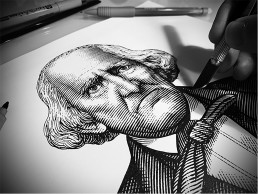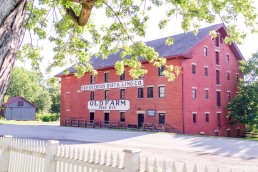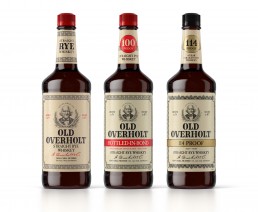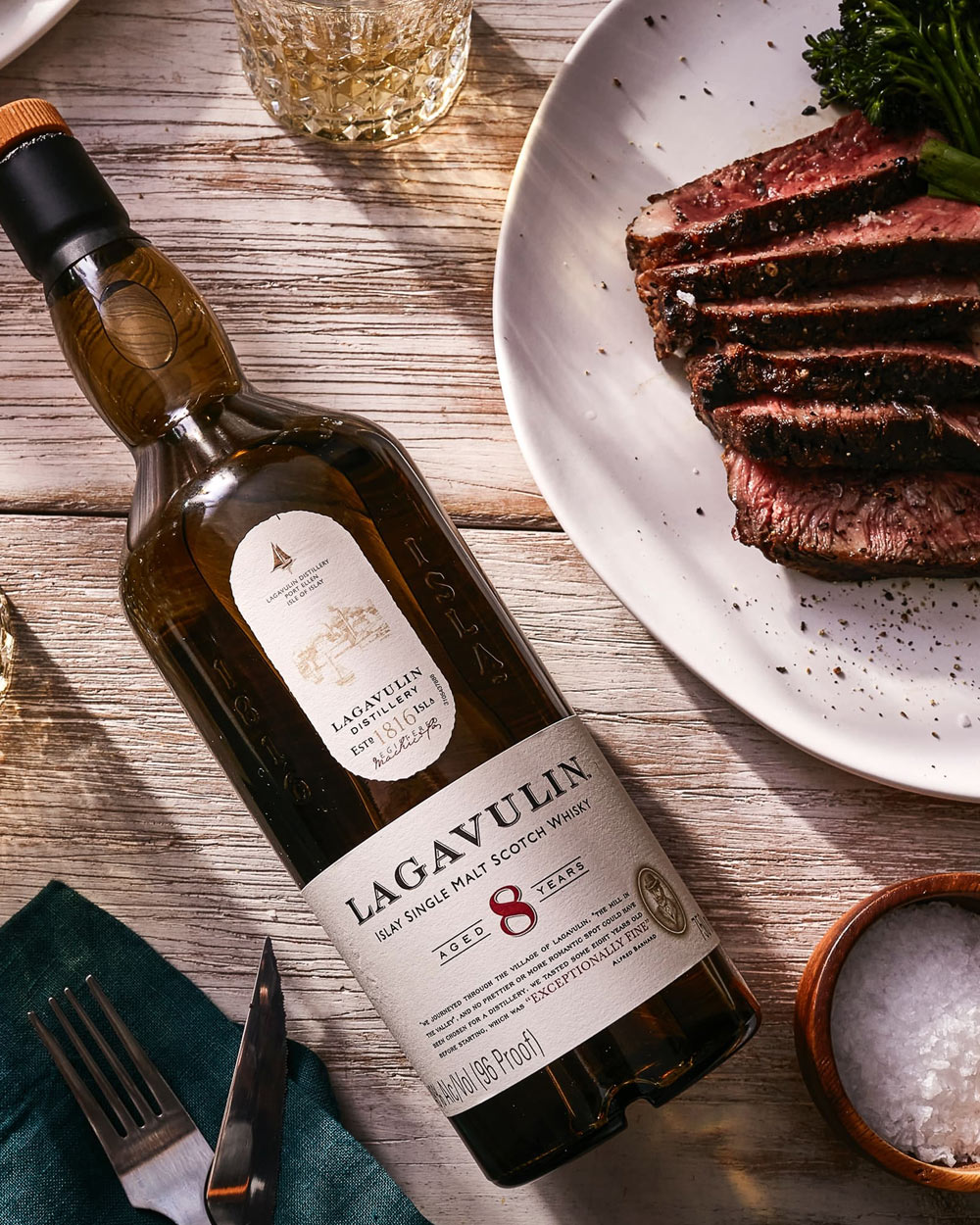Many a savvy whiskey aficionado probably knows Old Overholt is classic American rye.
You also may know it’s been around as long as anyone can remember (There’s documentation that Abe Lincoln sent cases of the whiskey to his generals during the civil war). You may also know that Old Overholt is considered a workhorse whiskey amongst bartenders, known for its affordability, availability, and ability to stand up in a cocktail. While Old Overholt has been around for over two centuries, there’s still much to learn about this ubiquitous spirit whose incredible history springs from its Mid-Atlantic roots. So to fill you in, Old Overholt historian Bradford Lawrence offers a quick primer on the surprising history of the brand, and what they are up to today.
The Overholt brand was established in 1810 by Abraham Overholt in West Overton, Pennsylvania.
Overholt was initially produced as a ” Monongahela” style rye whiskey, known for its spicy flavor profile. Though its mashbill and ownership have changed over the years, Overholt has stayed in business through prohibition and two world wars, making it the longest continually maintained whiskey in United States History.
Overholt was among a few Pennsylvania distillers who obtained a medical license to distill during prohibition.
Overholt’s medical license was secured with the influence of steel titan Andrew Mellon. Mellon became a partner in the brand after it was taken over in 1881 by Abraham’s grandson Henry Clay Frick, another titan of the gilded age. Mellon sold his stake when he became Secretary of Treasury to Union Trust Co., for whom Mellon served as a board member.
Old Overholt was one of the adherents to the original Bottled-In-Bond act of 1897
Its core offering remained a “bonded” whiskey until 1942, when evolving consumer tastes forced the decision to release a more approachable 86 proof version. The bonded expression was discontinued entirely in 1963. Old Overholt brought back its bonded variation in 2018.
Beam Suntory acquired Old Overholt from National Distillers in 1987.
Beam moved production from Pennsylvania to Kentucky in 1993. Rye was unpopular these days, so Beam dropped Overholt’s proof from 86 to 80 and lowered its aging minimum from four to three years to keep the brand alive at a time when American whiskey was struggling to appeal to consumers. They also changed the grain recipe to include corn, shifting from a “Pennsylvania-style” to “Kentucky-style” mashbill.
Today, Old Overholt is evolving to retain its relevance in the hot rye market.
In 2018, Old Overholt released its first bottled-in-bond expression in five decades. In 2019, the brand reverted to its 43% ABV for its base offering and shed its chill-filtration across the portfolio, resulting in a more rustic whiskey that harkens back to its original style. In 2021 Old Overholt launched a high octane version at 114 proof.
John McCarthy is a spirit, travel, and lifestyle journalist, managing editor, and author of The Modern Gentleman and Whiskey Rebels: The Dreamers, Visionaries & Badasses Who Are Revolutionizing American Whiskey. McCarthy is also editor of Barleycorn Drinks and Director of Judging of the John Barleycorn Awards.





